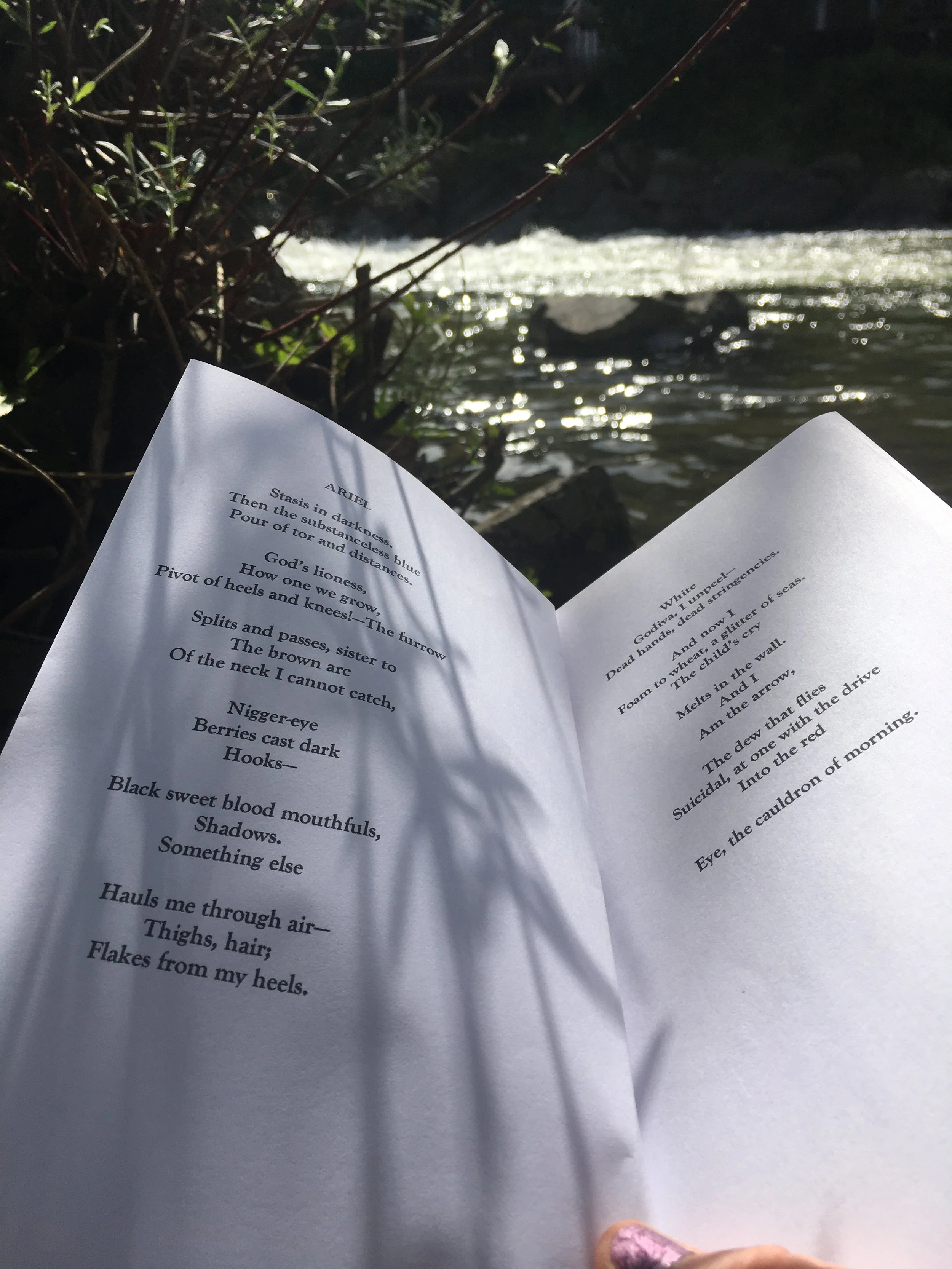Learning From Salvador Dali
/I’m lucky enough to live just two hours from Figueres, birth and death place of artist Salvador Dali.
The other weekend I visited the museum he created (he’s buried underneath it!) I’ve never been particularly inclined towards his work, but I was converted. His draughtsmanship, as well as his sheer range of output, was extraordinary.
Although he wasn’t a writer per se, I learnt a lot about writing that day.
Dali knew his art history. He charted the development of certain images and themes through time. He took classic works and twisted them around, or added unlikely elements. Something provocative, or modern, or so mundane it was shocking.
Take, for example, his painting entitled Copy of a Rubens Copied From a Leonardo.
He brings his characters into contact with energy and fearlessness. Oh the humour! The reverence and irreverence! Delightful. Shocking. Dali broke the mold. He did something different. And that woke people up. It set them talking. It still does.
Wouldn’t it be fabulous to achieve that with words?
For writers, as much as artists, the first task is to know and appreciate our heritage.
The skilled masters of our craft are our roots. It is from that stable base, that we can reach for newfound heights. First, we learn from them. We copy their style, content, and themes. Then we move away from them. It’s something like growing up and leaving home.
The second task is to ask ourselves: What can I do with my writing subject that hasn’t been done before?
How can I turn this subject or theme around? How can I look or speak from a different place?
In my opinion, it’s a mistake to believe that the route to doing something new begins, or is primarily about, looking for ways to confront, challenge or conflict with others’ views or work. That might be a byproduct, but it’s not where we should put our creative focus.
Instead, the journey begins, ironically, with that which we think is known and therefore not worthy of our attention. Ourselves.
Consider: what is the roar inside that needs to be heard? What needs to be said? By me. In this moment.
Ask yourself: How can I be myself without shame or apology? How can I step outside the box? How can I think what I’ve been taught is unthinkable? What will support me to say the unsayable?
When we write from that source of authenticity and power, we challenge the status quo without fear.
We can withstand any criticism, because we’re being carried along by something so fundamental, that we will never doubt its ‘rightness’.
The Monthly Writing Prompt
There’s a picture, by Salvador Dali, entitled Bed and Two Bedside Tables Ferociously Attacking a Cello.
Take courage and inspiration from it.
Choose a scene you’ve already written, a narrative poem, or an event from a screenplay or novel, for example. Alternatively, write a new scene.
Then, re-tell that scene from a previously unconsidered point of view. Purposefully choose something wacky. The bed in the love scene, the pet hamster in the cage that witnesses a world event, or the sun shining on the fields of your seventeenth century manor house. How does it change your view of your characters and events? What do you learn? Have fun, play and explore.













Winter Solstice Competition Runner-up: Hannah Ray, with You Were Born in a Pandemic